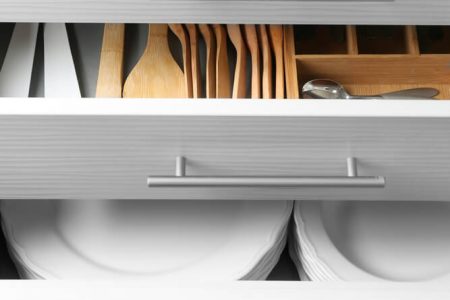Fixing a moldy roof is, probably, one of the biggest projects that you will encounter as a homeowner. Not only is it something that you can’t see until it’s too late, but there is so much area to cover when trying to get rid of it. Residential roofs have a lifespan of about two to five decades, which depends on how well the previous occupant maintained it. But homes are usually not built from the ground up anymore, explains one of the best Fort Collins roofing companies, Fort Collins Roofing Company.
So, you might be in a position where you just bought a house and want to know how your roof can potentially get moldy to help prevent it happening from in the future. But before buying the house, you need to make sure that this won’t be a problem by getting it inspected properly.
If you don’t address the mold when you first see signs of it and allow it to fester. The longevity of your roof will be drastically reduced.
The main culprit in having a moldy roof are roof leaks. Fortunately, they are typically rare, though roof condensation is more common and can cause the same effect of mold growth. Roof leaks cause two different types of mold growth. They either cause systemic or limited growth.
Systemic Growth
Systemic growth happens when your roof leak causes enough moisture build-up in the attic to cause mold growth throughout the entire area. When this happens the moisture that is built up is indirect. The origin of the roof leak is only affecting a small area of the roof, but the dampness in the air creates condensation throughout. This is because there isn’t much airflow to dry out the area.
Limited Growth
Limited growth, on the other hand, happens in an attic with enough ventilation to get rid of any of the additional moisture caused by the roof leak. This type of growth can be easier to handle since you just need to focus on the area surrounding the leak.
Addressing Roof Mold
Environix says that the following steps are essential when trying the fix your roof.
- Roof leaks must be fixed. This should be done by a roofing contractor rather than a mold remediation contractor because most mold professionals are not licensed to perform roof repairs.
- The current growing mold can be killed off with some fungicide.
- The attic needs to be dried out by either using natural airflow or using mechanical heat and dehumidification equipment.
- Finally, the residual mold needs to be treated with an encapsulant.
Another way for mold to get into your roof is from mold spores that are traveling through the air. The good thing is that they require the right conditions to take hold and start growing.
Roofs that have little to no direct sunlight collect debris, or have improper drainage increases the risk of having mold growth occur. Again, having a leaky roof will give mold spores perfect breeding grounds to grow.
The main type of spore that you will most likely encounter is called Gloeocapsa Magma. It is cyanobacteria, organisms that can produce oxygen, that feeds on limestone.
It appears because modern asphalt shingles contain limestone as a filler. When the Gloeocapsa Magma starts eating the limestone, along with sucking up the moisture in your asphalt shingles you will get black stains on the roof.
You should inspect your roof once a year to make sure that it is all good up there. Make sure that there is proper ventilation throughout your house, including ridge vents. Sadly, if you live in a more humid part of the country, you will have a higher risk of getting mold, because you will get more rain.
You should consider replacing your shingles if they are asphalt shingles, roll roofing, wood shingles, or wood shakes. You will be better off with more moisture-resistant material such as built-up roofing or the new algae-resistant asphalt shingles.
If you do see some appearance of mold you can start cleaning it. A quick DIY way would be mixing 1-part bleach with 2 parts water. Use this mixture to brush the shingles with a soft brush.
Don’t sure a power washer because they can damage the shingles and remove granules. Be careful if you are climbing the roof. If you don’t feel confident, don’t be afraid to go to the professionals.
The only way to prevent algae growth from returning is by installing zinc or copper strips near the ridges of your home. Rainwater collected ions from the metal strips can keep the algae from growing.
If you are at the point where you need to re-roof your house, you should invest in metal. Metal roofs made by Schreoer & Sons is made from recycled aluminum. It is resistant to all types of algae, mold, and mildew.
There are a few ways for mold to appear. But there is much more you can do to make sure that it doesn’t start in the first place. Don’t be the one who gets the mold.



